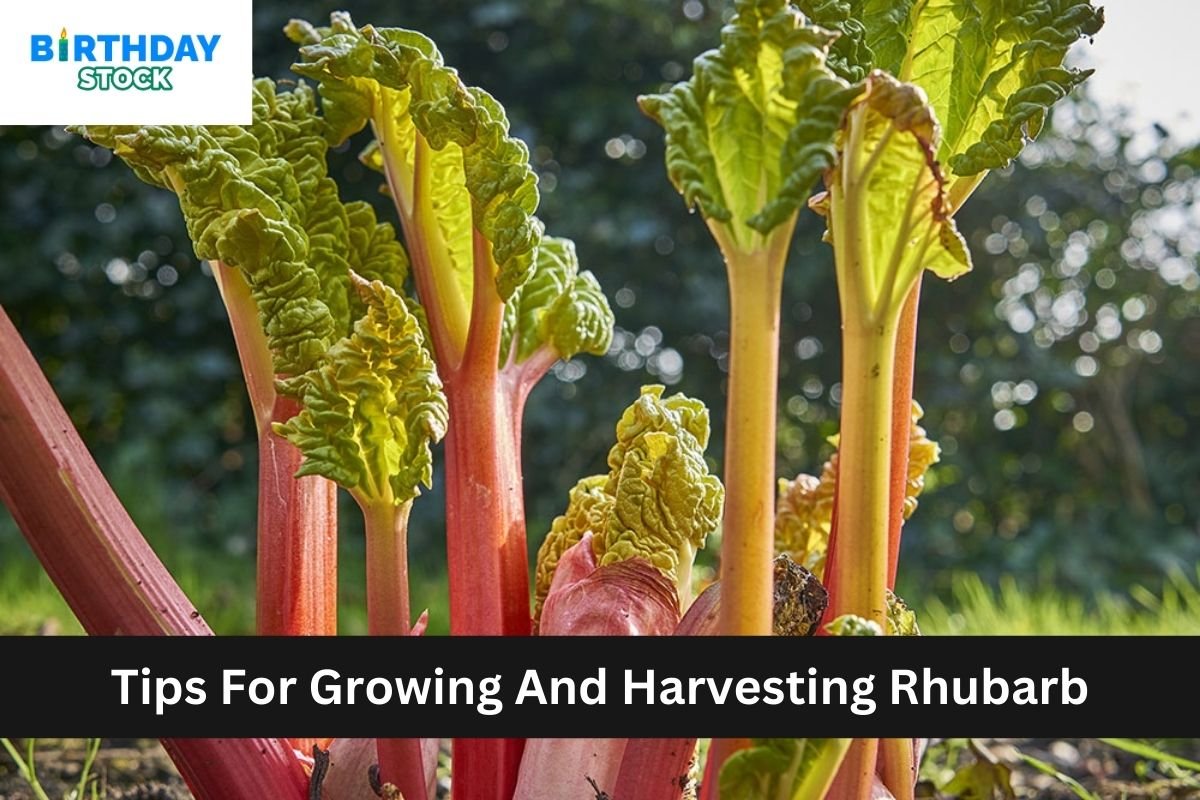How To Plant Cucumbers Right – 4 Simple Secrets To Grow Cucumbers Like Crazy This Year: One of the most common vegetable plants to cultivate in a home garden is cucumbers. Not only are they excellent when eaten raw, but they also make the most amazing pickles and relishes that you can eat all year round. Despite their widespread popularity, cucumbers might be among the most difficult crops for gardeners to cultivate.
How To Plant Cucumbers Right – 4 Simple Secrets To Grow Cucumbers Like Crazy This Year
Gardeners often have fits when dealing with cucumber plants. Getting a large crop can sometimes seem unattainable, whether the goal is to protect plants from pests, mildew, and blight, or to encourage immature seedlings to take off or blossom into cucumbers.
1.Plant Seeds – Not Transplants
One of the greatest ways to guarantee cucumber planting success is to use seeds rather than transplants. In the long term, it will not only be far less expensive, but it will also support your plants’ continued health and accelerate their growth.
Cucumber plants grow and yield swiftly, in contrast to tomato and pepper plants, which take a lengthy time from seed to harvest. As a matter of fact, several cucumber cultivars can be harvested in as little as 50 to 55 days from seed.
It is not necessary to begin with transplants as a result. This is fortunate since it can be challenging to get cucumber transplants to take root in the early spring.
When transplants are first replanted outdoors, they all experience some shock, but for cucumbers, it can be very difficult. Transplanting cucumbers in the early spring is difficult due to the chilly soil and temperatures. Their roots struggle to grow as they sit in the chilly soil.
2.Give Cucumbers Great Soil
When growing cucumbers, one of the biggest mistakes gardeners make is not adjusting the soil before planting. Loose, fertile soil is ideal for cucumber growth. This enables them to develop large roots that are capable of absorbing large amounts of moisture and nutrients.
Providing excellent soil for cucumber seeds is actually rather simple, as they should always be placed atop a little mound or hill. By doing this, the stems are prevented from decomposing due to water retention. Keeping this in mind, all you have to do is fill that little hill with the nutrients they require. which in this instance includes a plenty of coffee grinds, worm castings, and compost!
Mounds should have a diameter of approximately 12 inches and a height of a few inches, if at all possible. About 4 to 6 inches below the intended mounding site, loosen the soil. After adding a few shovel-fulls of compost, create your planting mound by combining equal amounts of soil and compost.
To give the mound more strength, mix in a cup of worm castings and a few teaspoons of coffee grinds with the soil and compost mix. Both will supply the nutrients and aid in retaining moisture needed for seeds to sprout and thrive.
3.Mulch Your Plants
There’s no denying that mulching your plants from the beginning is essential! Mulch benefits your cucumber plants in a myriad of ways. Mulch aids in preventing weed competition. It also aids in keeping the soil’s moisture content.
Furthermore, it prevents the soil from becoming overly warm or cold by controlling the temperature there. Cover your planting mound with a thin layer of mulch, about one inch thick, before you start planting seeds. To help the seeds penetrate the soil more readily, keep it lighter.
To give even more protection, add four inches of mulch to the layer once the seeds sprout and reach a height of five to six inches. Moreover, any fruit that forms later will benefit from this thicker layer by staying off the soil and not decaying.
The greatest mulches to employ are pine needles and straw. Both will shield the fruit and keep the plant insulated. Steer clear of mulch that retains excessive moisture or prevents water and nutrients from reaching the roots.
4.Fertilize Early And Often
Finally, but just as importantly, fertilise your new seedlings as soon as possible. Coffee grounds, worm castings, and compost will provide the seeds with early energy, but once they begin to grow, you must keep feeding them to encourage robust early growth.
Use a liquid fertiliser to feed seeds after they have sprouted and grown for two weeks. You can use full strength compost tea or worm casting tea. Use a half-strength mixture of liquid commercial fertiliser to avoid overwhelming plants.















